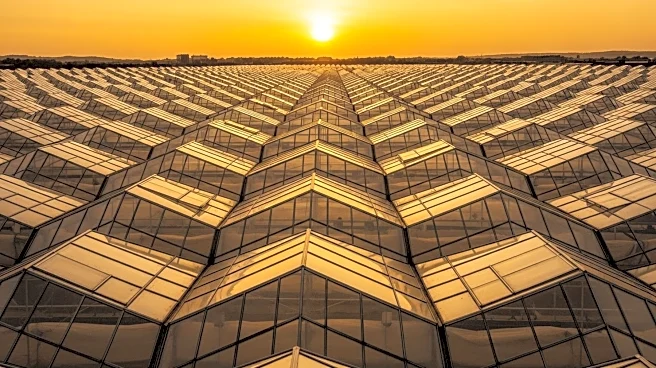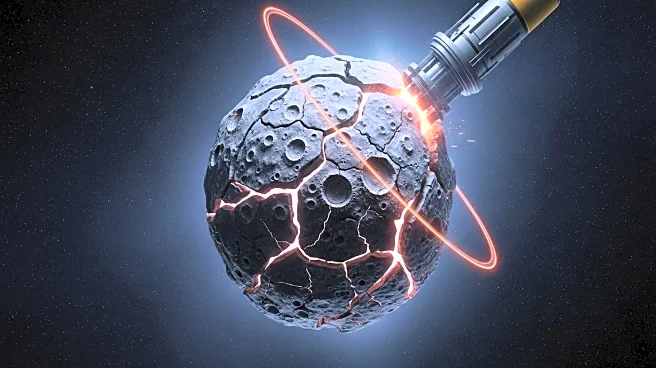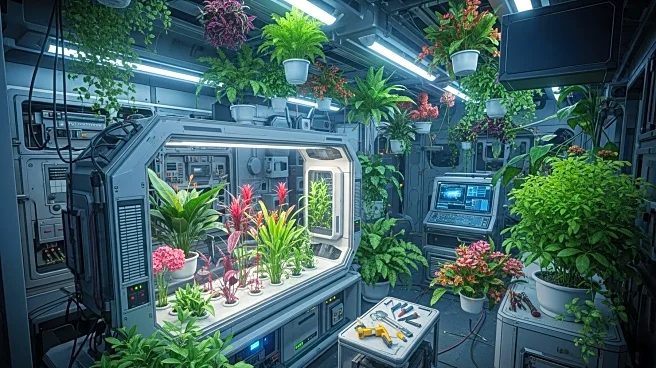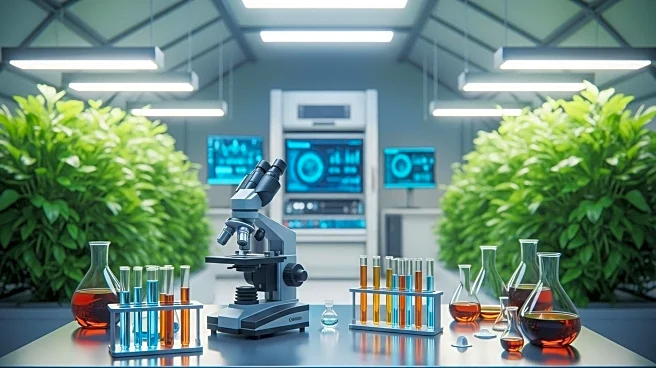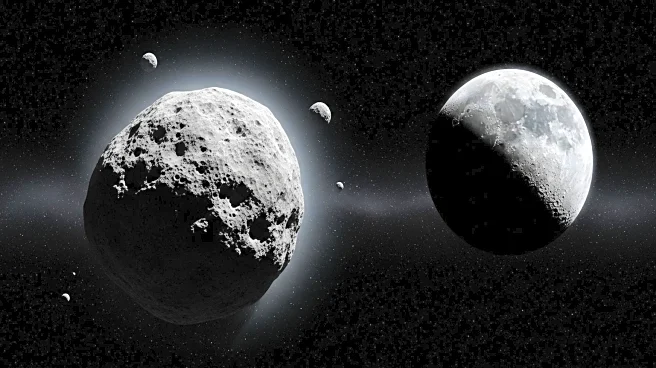What's Happening?
Contrary to popular belief, the Great Wall of China is not the most visible human-made structure from space. NASA and astronauts have noted that the Great Wall is difficult to see from low Earth orbit without magnification and is not visible from the Moon. Instead, the most striking sight from orbit is a massive patch of plastic-covered greenhouses in southern Spain, specifically near El Ejido in Almería. These greenhouses cover approximately 32,827 hectares and reflect sunlight like a giant mirror, creating a brilliant contrast against the surrounding dry landscape. This visibility is due to the high reflectivity of the white plastic roofs, which have also contributed to a local cooling effect in the region.
Why It's Important?
The visibility of these greenhouses from space underscores the impact of modern agricultural practices on the environment. While the plastic roofs contribute to cooling in the local area, they also generate significant plastic waste, with intensive agriculture in Almería producing about 48,948 tonnes of plastic waste in the 2020/21 season. This highlights the environmental challenges associated with agricultural plastic use, despite its role in transforming the region into a productive farming area. The visibility of these greenhouses serves as a reminder of the environmental footprint of human activities, prompting discussions on sustainable waste management solutions.
What's Next?
Efforts to manage the plastic waste generated by these greenhouses are ongoing, with recycling systems expanding to address the issue. The visibility of these structures from space may drive further attention to the environmental impact of agricultural practices, potentially influencing policy and encouraging the development of more sustainable farming methods. Stakeholders, including environmental groups and policymakers, may push for increased investment in recycling infrastructure and research into alternative materials to reduce the environmental footprint of agriculture.
Beyond the Headlines
The visibility of the Spanish greenhouses from space challenges traditional perceptions of what constitutes a significant human-made structure. It highlights the importance of material, shape, and reflectivity in determining visibility, rather than size alone. This revelation may influence future architectural and environmental design, encouraging the use of materials that balance visibility with sustainability. Additionally, it raises ethical considerations regarding the environmental impact of human activities and the responsibility to mitigate negative effects.


